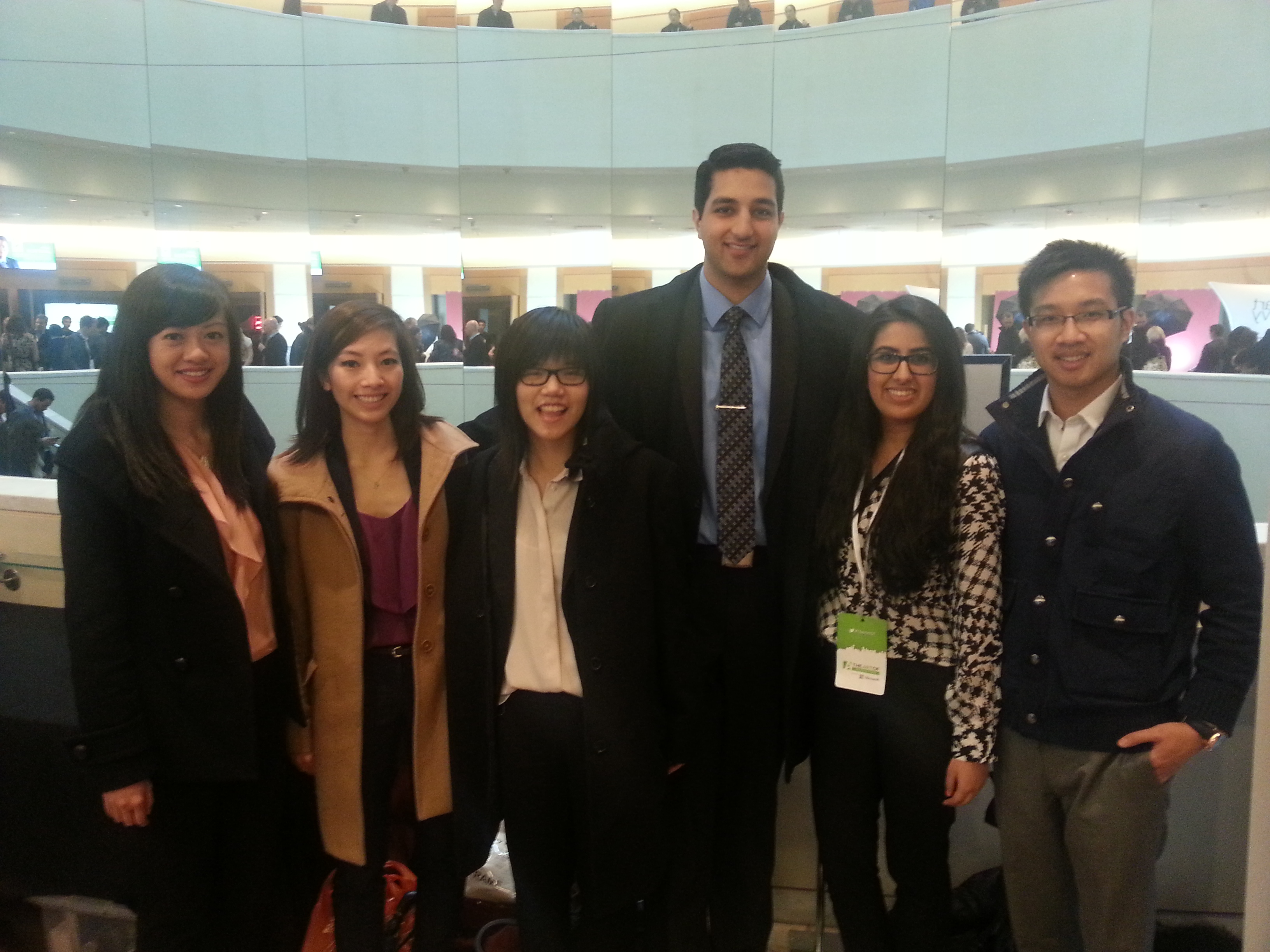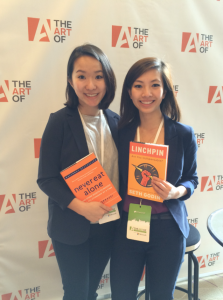 The Art Of conferences are notorious for stirring compelling conversations on important business topics. This time, the chatter was about marketing and how marketers today need to view their work differently in order to truly connect with their consumers to stand out.
The Art Of conferences are notorious for stirring compelling conversations on important business topics. This time, the chatter was about marketing and how marketers today need to view their work differently in order to truly connect with their consumers to stand out.
Seth Godin, a New York Times Bestselling author of 17 books including Linchpin and Purple Cow, opened the conference with an image of hanging bats, which he then rotated by 180 degrees. What were once normal bats hanging from their legs suddenly became a comical image of bats dancing.
With that minor change, Godin highlighted the importance of perspective in marketing.
Throughout the day, the Art of Marketing featured speakers who explored the changing perspectives of marketing. Core trends emerged including the importance of the consumers, how to connect with the consumers, and the need for brands to stand out in a world with more connectivity, now more than ever.
Godin revealed that within a connected economy: “Value is created by doing what humans do best – connect”. His thoughts were further expanded by Nancy Duarte, a notable writer of three best-selling books on presentation skills. Duarte noted that the biggest question marketers had to ask was, “How do we want the audience to change?”
Duarte believes that marketers are truly connecting with their consumers when they convey ideas that resonate. She noted that one of the best methods to create emotional appeal was through stories, using a combination of both tension and release, and by developing a pivotal “S.T.A.R.” moment. “It’s the ‘something they’ll always remember’”, she said.
So other than stories, what are other methods marketers can use to connect with their consumers?
John Jantsch, the creator of the Duct Tape Marketing System, advised marketers to get assistance from the company’s salespeople. “The salespeople are the marketers’ best sources of data,” he said. “Use the language that [the salespeople] hear from the customers every day,” in order to truly connect with your target audience.
 As the speed and frequency of our connections to our consumers increase, so does the need to respect their privacy. Brian Wong, founder and CEO of Kiip, used the example of advertising and how “people are paying billions every year to remove [marketers and their ads]”.
As the speed and frequency of our connections to our consumers increase, so does the need to respect their privacy. Brian Wong, founder and CEO of Kiip, used the example of advertising and how “people are paying billions every year to remove [marketers and their ads]”.
He continued by saying, “Phones are a very intimate object. Do something that really respects [the consumers] to make the first impression count”.
Wong, who has been named in the Forbes Top 30 Under 30 three times, founded Kiip – a mobile network that rewards users when they level up in a game or app. Kiip’s goal is to generate and illicit emotion out of their consumers. “For us, it was just being a part of those moments of serendipity every day”, he shared.
Mitch Joel, President of Twist Image, echoed Wong’s thoughts. “Marketing companies have failed to explain to consumers the difference between privacy and personalization”. Joel emphasized that the true goal for marketers should be creating true value or utility for their consumers, rather than just focusing on the advertising.
Keith Ferrazzi, author of the popular book Never Eat Alone, closed the day by bringing the conference back to the core of marketing: relationships. “If you want someone to build a relationship with you, then just care about them,” urged Ferrazzi.
In addition to connecting with consumers, the speakers also emphasized the importance of standing out as a brand. As Godin said, “The only way to win is to be the one and only. Sheep aren’t good marketers”. His final words urged the creative ones to run after their craziest ideas. “It’s the waiting that paralyzes our ability”.
 Rosa Tang is a 3rd year student in Marketing and Design completing a Joint Major program with the Beedie School of Business. She has worked in social enterprise funding and development for the Vancity Community Foundation, and has previously led SFU’s Young Women in Business (YWiB) organization as President. She hopes to continue her growing interests in community engagement, advertising, design thinking, and brand development by working in New York or San Francisco for a socially conscious advertising agency. Her dream role is to run her own design and branding agency as the Creative Director.
Rosa Tang is a 3rd year student in Marketing and Design completing a Joint Major program with the Beedie School of Business. She has worked in social enterprise funding and development for the Vancity Community Foundation, and has previously led SFU’s Young Women in Business (YWiB) organization as President. She hopes to continue her growing interests in community engagement, advertising, design thinking, and brand development by working in New York or San Francisco for a socially conscious advertising agency. Her dream role is to run her own design and branding agency as the Creative Director.